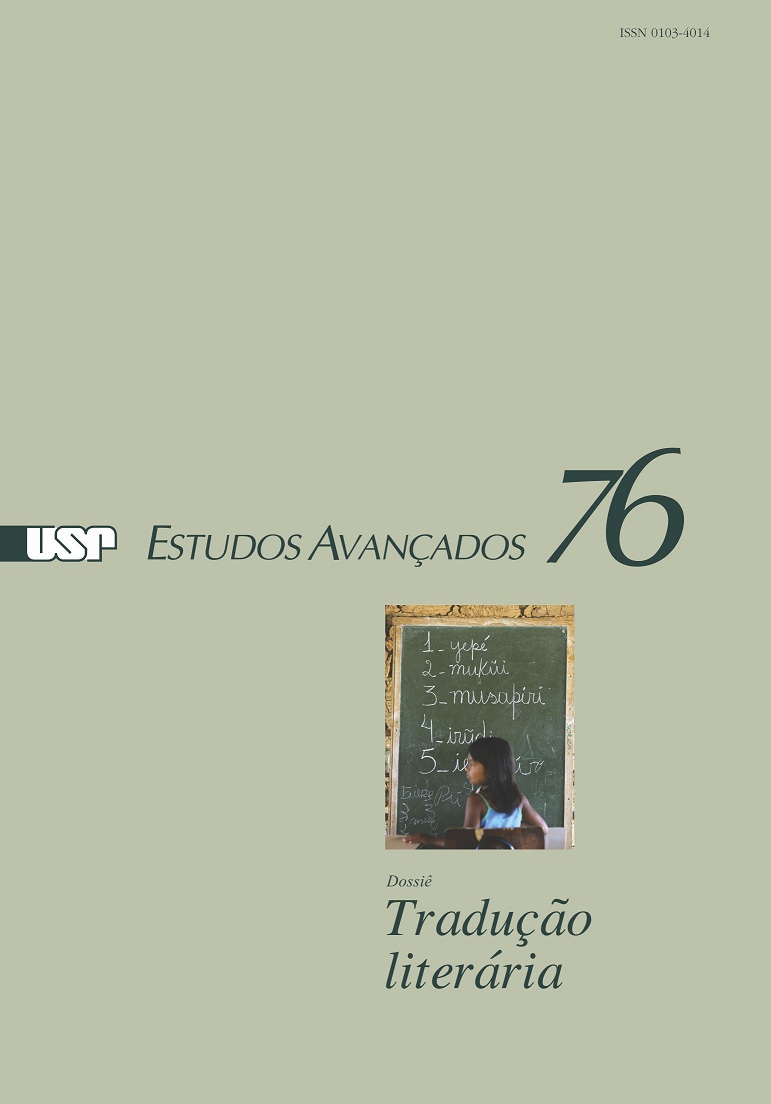The Girl from Mytilene
Keywords:
The Girl from Ipanema, Jobim^i2^sVinic, Fragments from Sappho, Jensen's Gradiva - Freud, Comparison between Brazilian popular music and archaic Greek lyricismAbstract
This essay examines the song "The Girl from Ipanema" by Jobim & Vinicius in tandem with a poem by Sappho, "Ode to Anactoria" (7th century b.C.), which contains a verse that says, literally: "This way of walking that awakens desire". Taking the cue, I establish comparisons between other fragments by Sappho and this paradigmatic Brazilian song, dated 1962. Even with the greatest respect for the historicity of affection (to avoid anachronisms), we nevertheless find surprising invariances in their counterpoint, regardless of the 27-century hiatus. Between Sappho and Jobim/Vinicius, however, there is Freud - or rather, Jensen and his Gradiva, which speaks, precisely, of the walk of the desired woman. On the other hand, musicologist Almir Chediak sees a parallel between the melodic design of the score of "The Girl from Ipanema" and the ebb and flow of the waves of the sea. In the accompanying graph, we can indeed discern this iconic rhythm. The waves, the undulating gait, the rhythm, the basic theme, "o balanço a caminho do mar" [i.e., the girl's cool swinging and gentle swaying as she walks to the sea] all converge in this most Brazilian of songs, in which we nevertheless find a very alluring recurrence of archaic Greek lyric poetry.Downloads
Download data is not yet available.
Downloads
Published
2012-12-01
Issue
Section
Music, theater and dance
License
Estudos Avançados não celebra contrato de cessão de direitos autorais com seus colaboradores, razão pela qual não detém os direitos autorais dos artigos publicados. Os interessados em reproduzir artigos publicados na revista devem necessariamente obter o consentimento do autor e atribuir devidamente os créditos ao periódico.
How to Cite
Meneses, A. B. de. (2012). The Girl from Mytilene. Estudos Avançados, 26(76), 299-310. https://www.revistas.usp.br/eav/article/view/47559


